Description
**Brain Games for Clever Kids® (9-Year-Olds)** is a fun and engaging way to challenge a child’s cognitive skills while enhancing their problem-solving abilities, critical thinking, creativity, and memory. Here are some game ideas and activities that would be ideal for clever 9-year-olds:
### 1. **Logic Puzzles**
**Example: Sudoku for Kids**
– **How to Play**: A 9-year-old can start with simpler 4×4 or 6×6 Sudoku grids and work their way up to more complex 9×9 grids.
– **Skills Developed**: Critical thinking, pattern recognition, and logic.
### 2. **Riddles and Brain Teasers**
**Example: Riddle Me This**
– **How to Play**: Ask the child fun and challenging riddles. Let them try to guess the answer, encouraging creative thinking.
– **Sample Riddle**: *”What comes once in a minute, twice in a moment, but never in a thousand years?”* (Answer: The letter “M”)
– **Skills Developed**: Lateral thinking, problem-solving, and language skills.
### 3. **Memory Games**
**Example: Memory Card Match**
– **How to Play**: Use a deck of cards or a set of picture cards. Lay them face down and take turns flipping over two cards at a time, trying to find matching pairs.
– **Skills Developed**: Concentration, short-term memory, and attention to detail.
### 4. **Word Games**
**Example: Word Ladder**
– **How to Play**: Start with a simple word, like “cat,” and change one letter at a time to create new words, like “bat,” “bit,” “bot,” and “dog.” Each word must be a valid word.
– **Skills Developed**: Vocabulary, spelling, and critical thinking.
### 5. **Math Challenges**
**Example: Math Maze**
– **How to Play**: Create a math “maze” on a piece of paper. The child needs to solve math problems (addition, subtraction, multiplication, or division) to move through the maze and find the way out.
– **Skills Developed**: Mental math, problem-solving, and number fluency.
### 6. **Spot the Difference**
**Example: Picture Puzzle**
– **How to Play**: Provide two similar pictures with subtle differences. Ask the child to find all the differences between the two images.
– **Skills Developed**: Observation, attention to detail, and focus.
### 7. **Jigsaw Puzzles**
**Example: 500-Piece Jigsaw Puzzle**
– **How to Play**: Give the child a more complex jigsaw puzzle (e.g., 500 pieces) and let them figure out how to complete it.
– **Skills Developed**: Spatial reasoning, patience, and perseverance.
### 8. **Creative Storytelling**
**Example: Story Cubes**
– **How to Play**: Use a set of dice or cubes with pictures on them (there are various story cube sets available). Roll the cubes and create a story based on the images.
– **Skills Developed**: Creativity, imagination, and narrative structure.
### 9. **Anagram Game**
**Example: Unscramble the Letters**
– **How to Play**: Provide a scrambled word and ask the child to unscramble it to form a real word.
– **Sample Word**: *“tac” (Answer: “cat”)*
– **Skills Developed**: Vocabulary, spelling, and cognitive flexibility.
### 10. **Sequence and Patterns**
**Example: Pattern Recognition**
– **How to Play**: Present a sequence of numbers or shapes (e.g., 2, 4, 6, __, 10) and ask the child to determine what comes next or identify the pattern.
– **Skills Developed**: Logical reasoning, pattern recognition, and sequencing.
### 11. **Treasure Hunt**
**Example: Puzzle Hunt**
– **How to Play**: Create a treasure hunt with clues and puzzles that lead the child from one spot to the next. Each clue can be a brain teaser or puzzle.
– **Skills Developed**: Problem-solving, teamwork (if playing with others), and following directions.
### 12. **Chess for Kids**
**Example: Mini Chess Tournament**
– **How to Play**: If the child knows how to play chess, organize a mini chess tournament with friends or family. Start with simpler games and increase complexity as the child improves.
– **Skills Developed**: Strategy, logic, foresight, and patience.
### 13. **Code Breaker**
**Example: Cryptogram Puzzles**
– **How to Play**: Create simple substitution ciphers (where each letter is replaced by another letter) and have the child crack the code to reveal a hidden message.
– **Skills Developed**: Problem-solving, pattern recognition, and language skills.
### 14. **Physical Brain Challenges**
**Example: Simon Says**
– **How to Play**: A classic game where one person (Simon) gives commands, and the others must follow them — but only if the command starts with “Simon says.”
– **Skills Developed**: Listening skills, focus, and attention.
### 15. **Pictionary or Charades**
**Example: Draw or Act It Out**
– **How to Play**: Play a game of Pictionary or charades where the child draws or acts out a word or phrase, and others have to guess it.
– **Skills Developed**: Creativity, non-verbal communication, and teamwork.
—
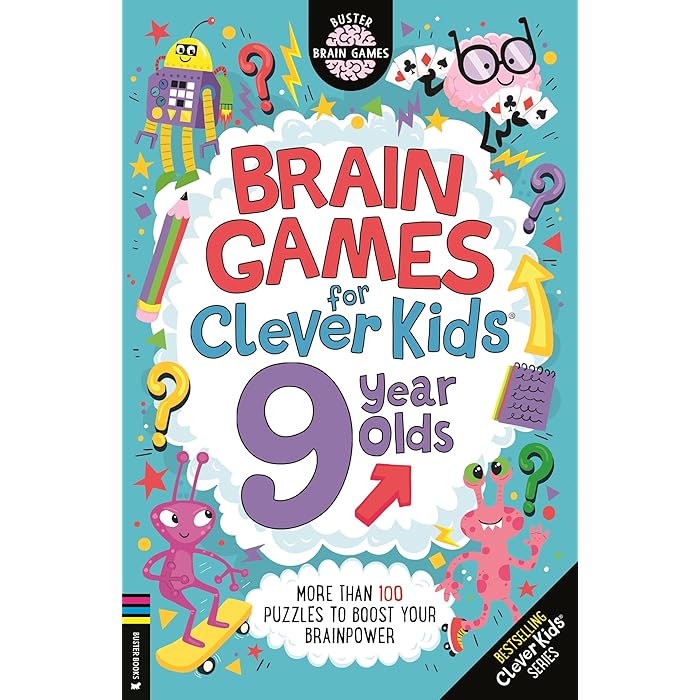
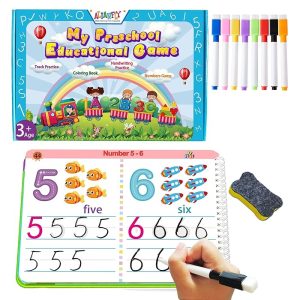
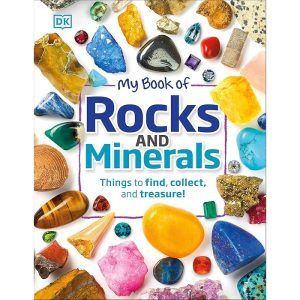
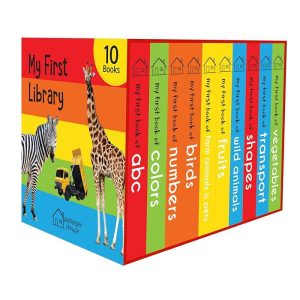








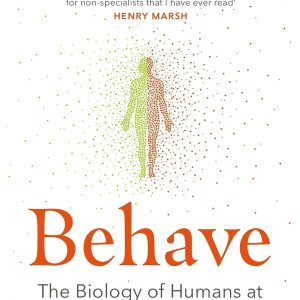















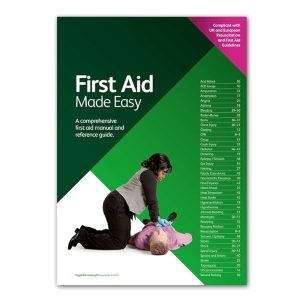
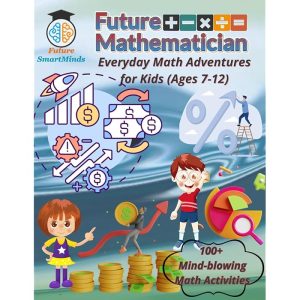










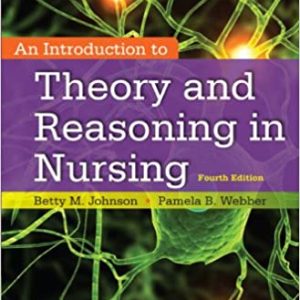




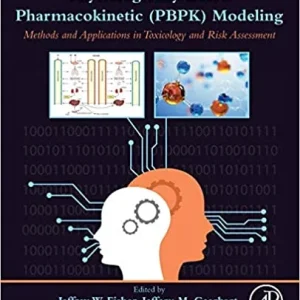




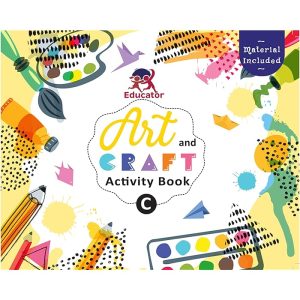

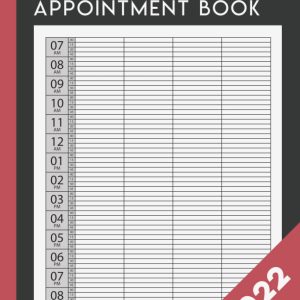










Reviews
There are no reviews yet.